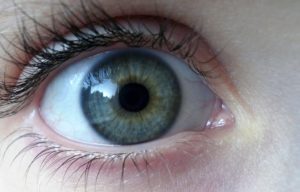
Brainspotting Trauma Therapy Uses Eye Movement
Brainspotting is a revolutionary new therapy for trauma and PTSD. We use many modalities of therapy at Taproot Therapy Collective, but brainspotting is one of the most effective treatments for PTSD and lowering anxiety that I’ve ever found. when doing brain spotting the therapist looks for a position where your eye blinks and dilates. Many patients wonder what their eye looks like so I created this video to show you what I’m seeing when I do brain spotting on a patient. The eye you see in the video is my own eye while I do Brainspotting processing on myself. Please try and do brain spotting with a qualified therapist. Self education and self-help is no match for recovery with a qualified therapist. This video is not meant to teach you how to treat any mental health condition.

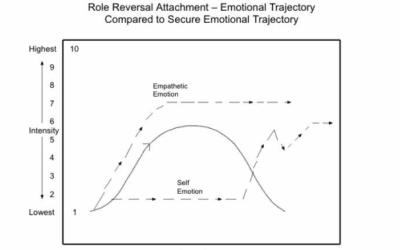



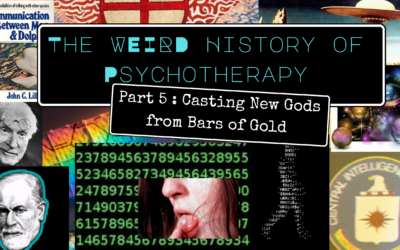



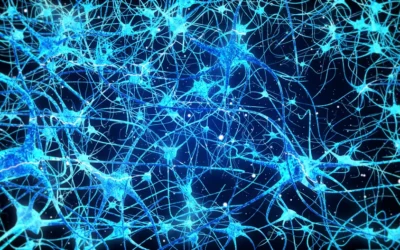
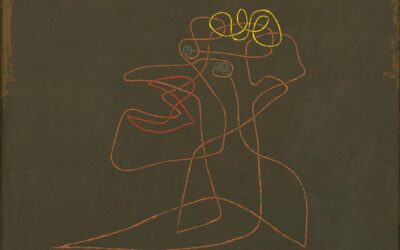












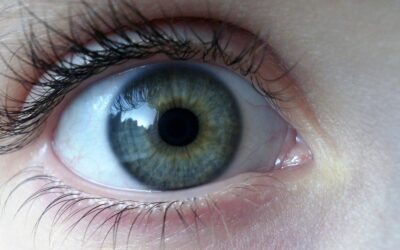

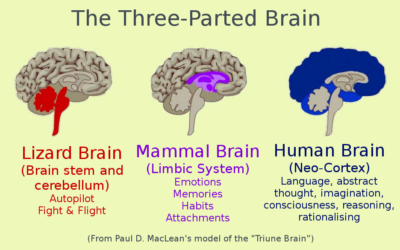
0 Comments